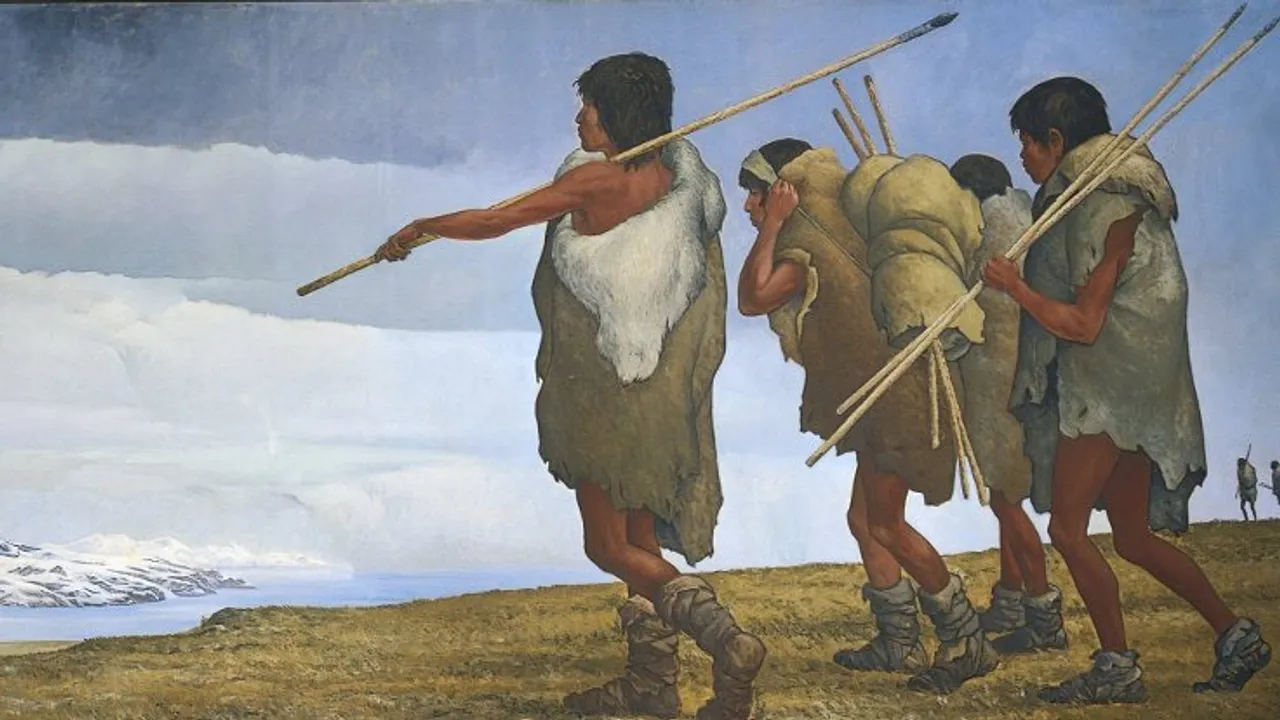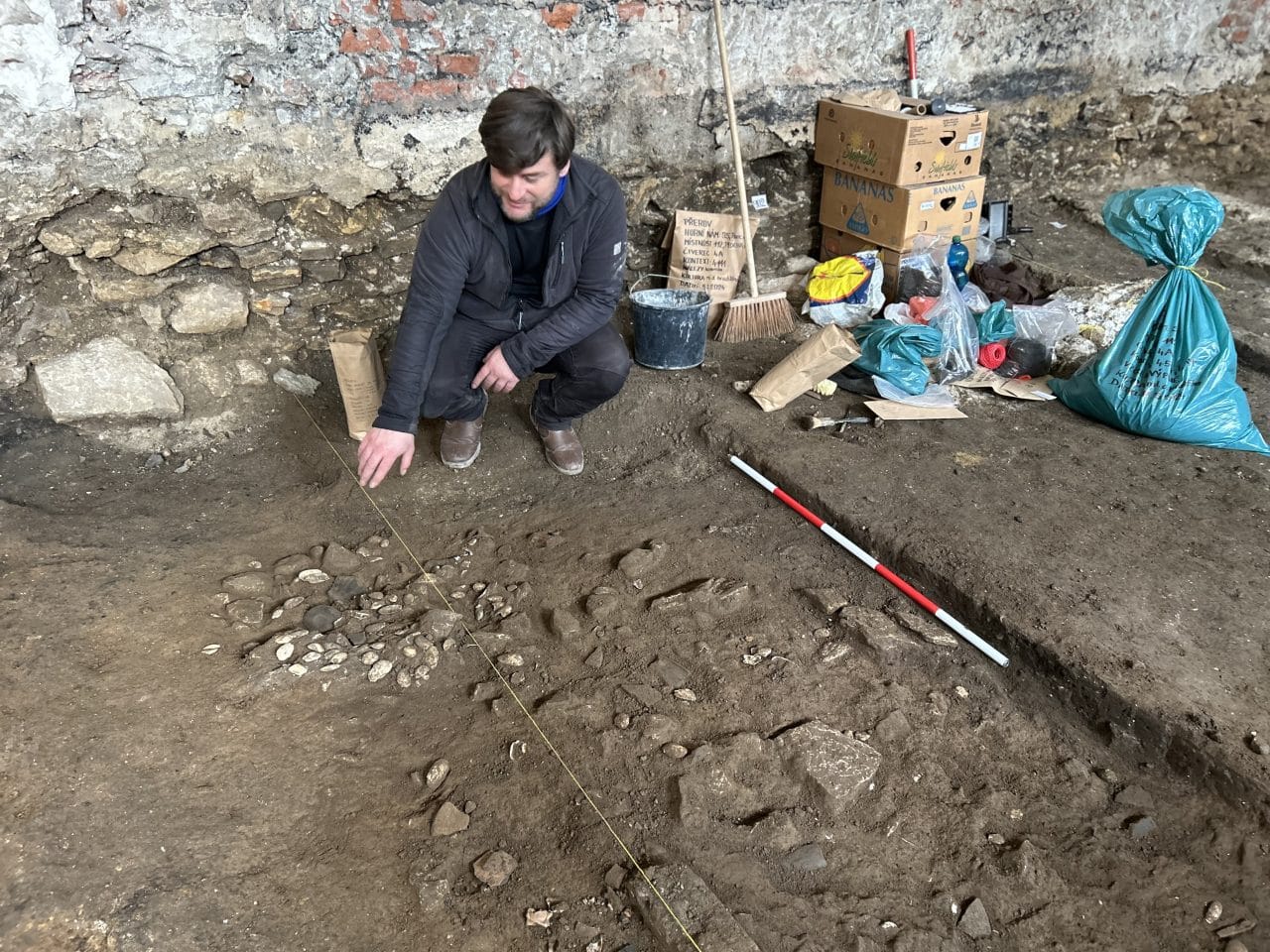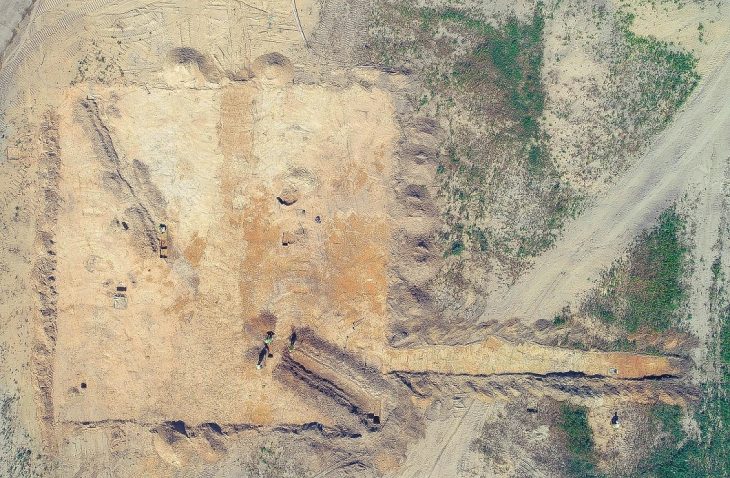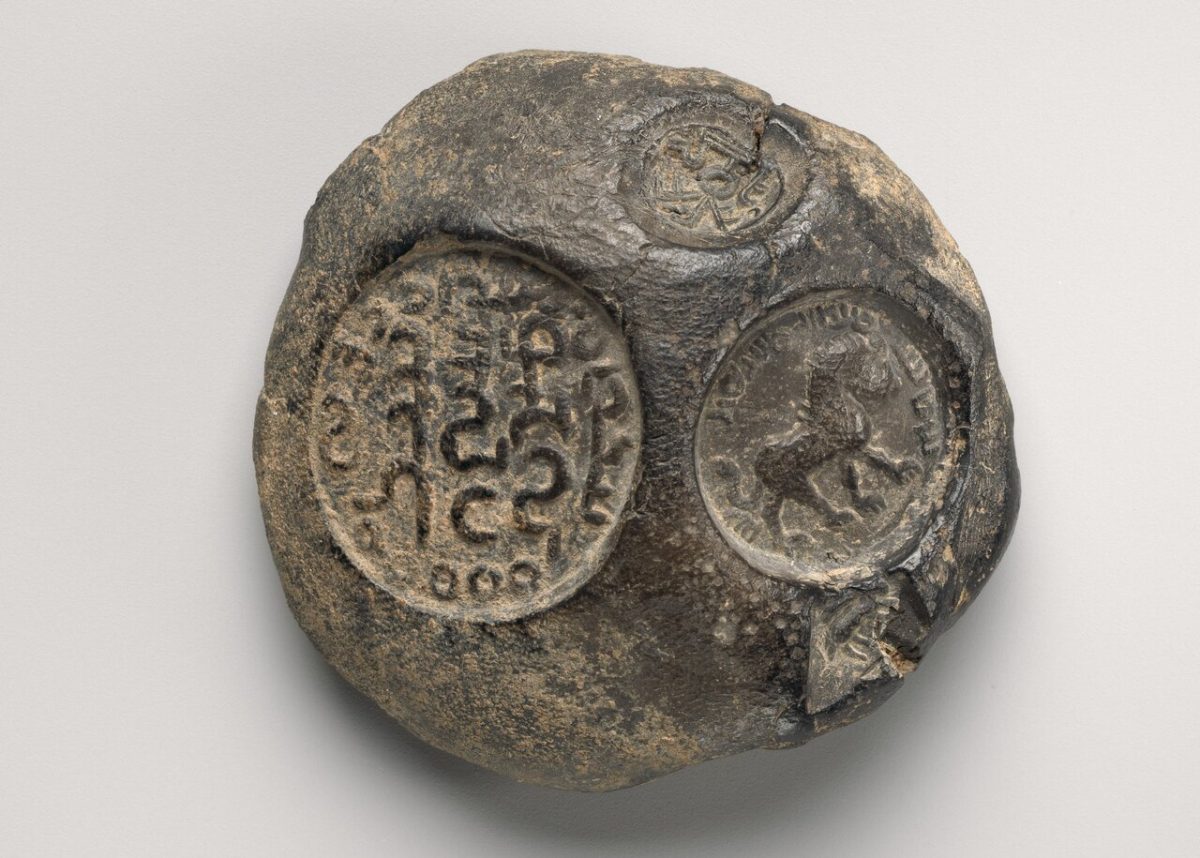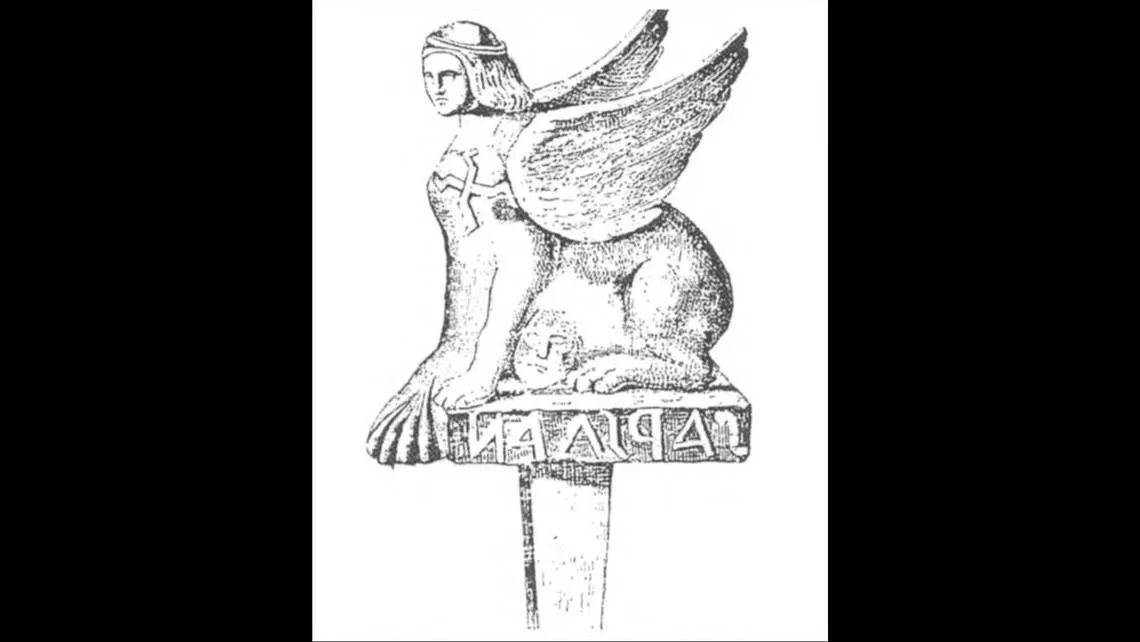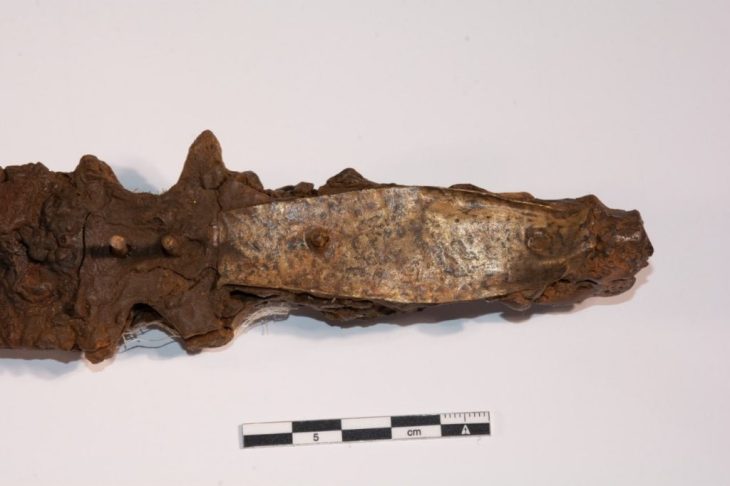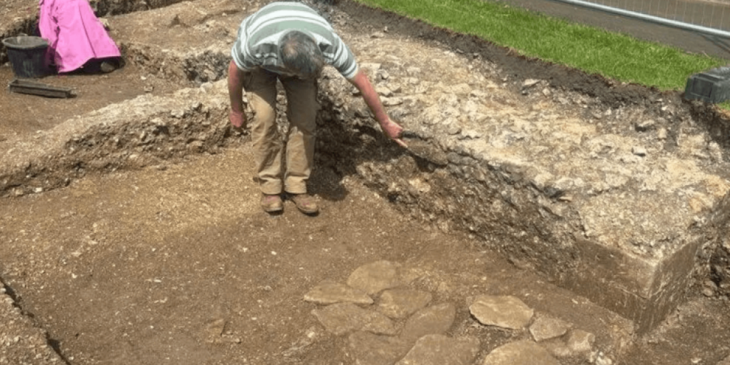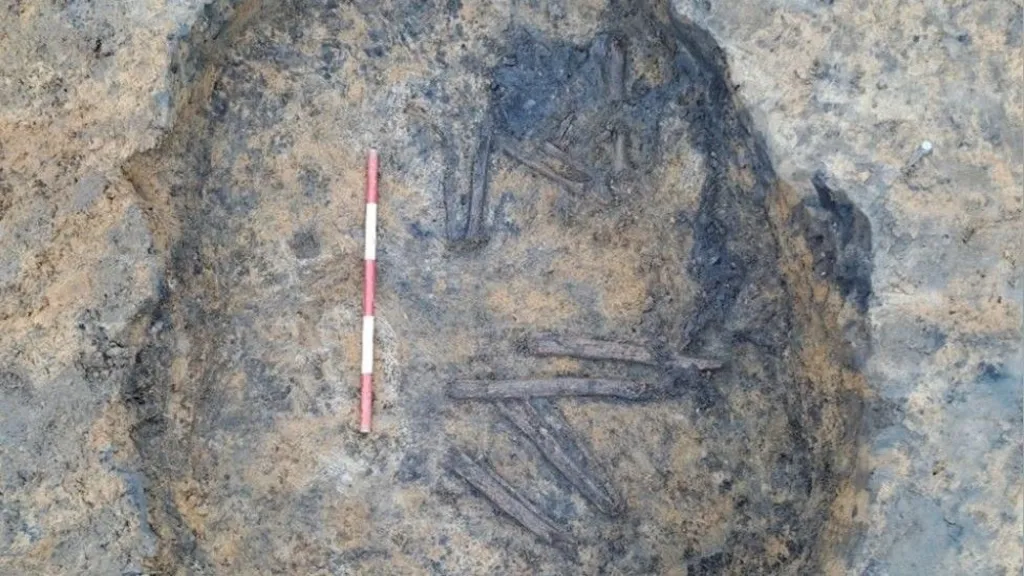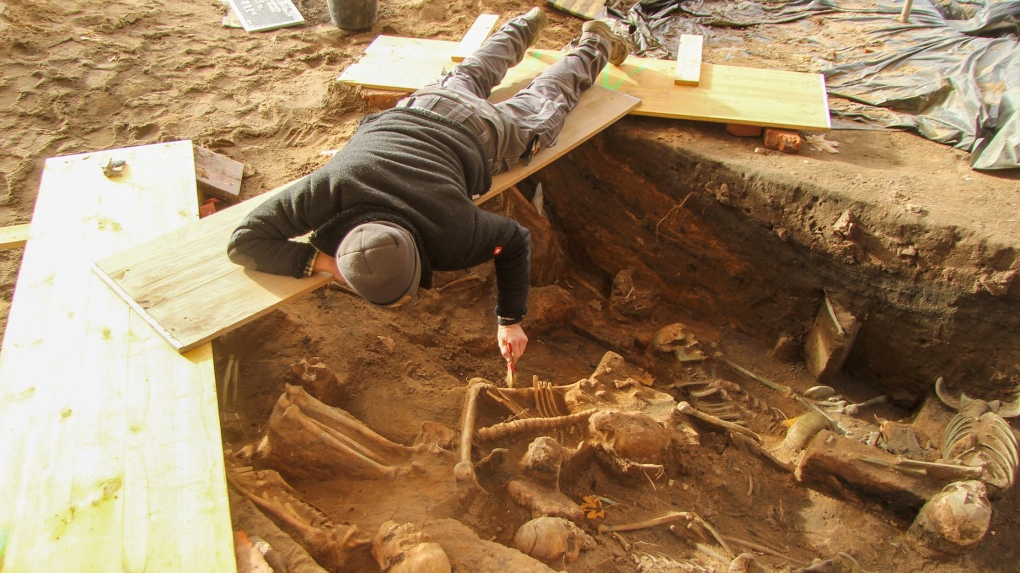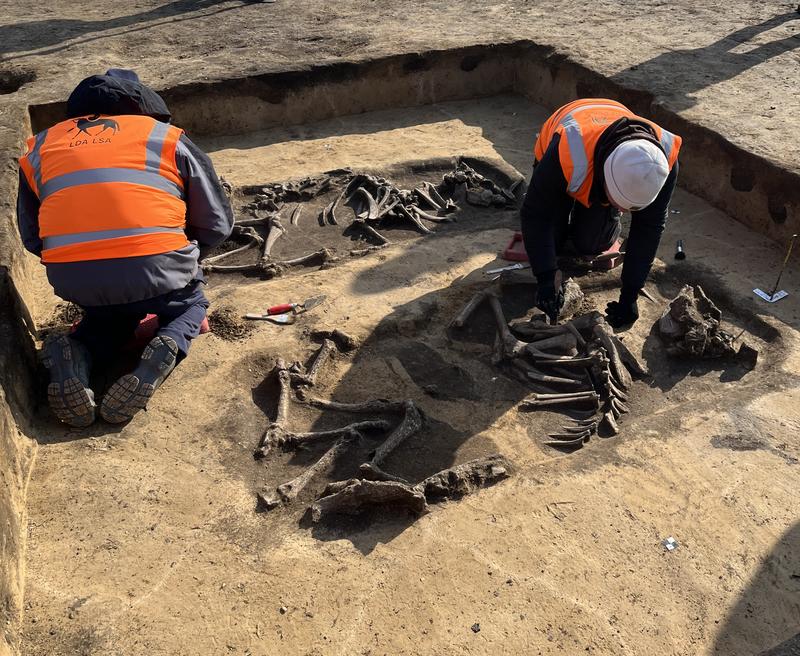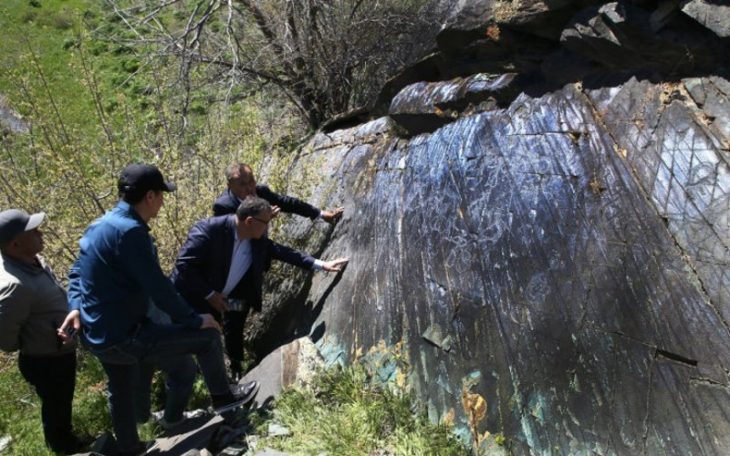For many years, scientists investigate when the first humans made the first footprints in North America.
The discovery of a set of 20,000-year-old human footprints in a dry lake bed in New Mexico has scientists excited to answer this question.
First discovered in 2009, these fossilized footprints overturned everything known about when humans first appeared in North America.
A new paper published in Nature caught the attention of Nick Schmuck, an archaeologist with the Alaska Department of Natural Resources.
Schmuk is trying to establish a new time frame for when traces of the first humans may have appeared along the coast of Southeast Alaska.
According to Schmuck, the most widely accepted view in this debate is the Coastal Migration Theory.
According to this theory, people traveled between Russia and Alaska, either on foot or by boat, along the coast of Alaska and into the rest of the Americas.
“These people who came to America – no matter how far back we go – they are just as skilled as you and me. So they can understand how to use boats. They were no strangers to rivers and things like that, so why not the coast?” said Schmuck.
In a 2024 article for PaleoAmerica, Letham wrote that it was breathtaking, but it also raised an existential question for him and his colleagues: “What have we been spending our careers doing?”
Had they been searching in the wrong places? The wrong times?
The footprints in New Mexico started a race among those studying the Pacific Northwest coast. Most of the geologists and archaeologists are united by a common goal — to find the oldest sites of human occupation.
Currently, the earliest signs of life in Southeast Alaska is Shuká Káa – a human skeleton and set of tools from about 10,300 years ago in a cave on Prince of Wales Island.
It’s possible archaeologists just haven’t found older evidence yet, because of the challenges of searching in the forest-covered region.
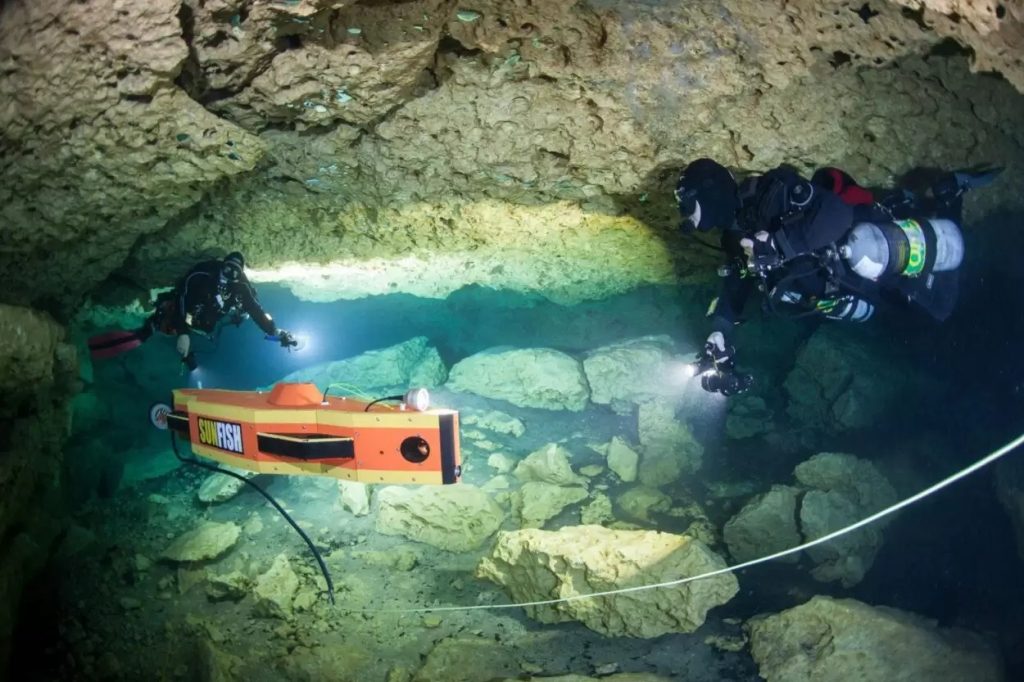
“I mean, you’ve been in the Tongass, it’s big trees. It’s hard to see very far ahead of you and it’s hard to imagine what the landscape looked like,” said Nick Schmuck, adding though that the technology is improving. Specifically, a method called LIDAR that can map the earth’s topography using pulsed lasers.
“It takes all the trees off and gives you a new map based on the surface. All of the sudden, beach terraces pop out like you wouldn’t believe. And you can just look at the image and say, ‘Oh, there’s an ancient shoreline right here.’ And you can hike right to it. And boom, there’s your 10,000 year old beach with a 10,000 year old site on it.”
Another factor in Southeast Alaska is what one scientist refers to as almost a tectonic seesaw effect. During that glacial maximum, the massive ice sheet that covered the mainland was so heavy that it literally pushed the land down. That caused the outlying islands and land masses further off the mainland to rise up above sea level, like a seesaw.
What this means for Southeast Alaska is that a lot of the oldest evidence of humans is probably either at the top of a mountain or the bottom of the ocean — which is where Kelly Monteleone, an underwater archaeologist with Sealaska Heritage Institute, comes in.
“There’s this huge, vast area that we haven’t explored yet. And so there’s so much we can find,” Monteleone said.
According to Monetleone, her profession is pretty much the same thing as a regular archaeologist. It just involves some extra work.
“Nothing changes between the terrestrial answer and the underwater answer, we just have a much more complicated step every step of the way,” she laughed.
What Monetleone and her team have found on the seafloor, including a fish weir that would have been at sea level more than 10,000 years ago, changes the “when” of coastal migration.
“I see myself as having the resources to help answer the questions of the Indigenous people of Southeast Alaska. So I have the skills as an underwater archaeologist to go out and look in areas to help them learn about their past,” she said.
As Bryn Letham put it, the current people of the coastal First Nations are the descendants of those first post-glacial humans.
Schmuck agreed, saying that in Southeast Alaska, “we’re talking about the ancestors of people who’ve been here for a really long time.”

He acknowledged that archaeology as a profession hasn’t always been a positive force in that regard.
“We don’t want to get too abstract about the people in the past,” he said. “We don’t want to get back into the old faults of archaeology, where we’re just looking at rocks and forgetting to think about people. These are people’s ancestors.”
Letham, Worl, Schmuck, and Monteleone all point out that the Indigenous peoples along the Northwest Coast are strikingly diverse. There are so many languages and cultures in such a condensed area and they are so isolatedly different from each other that it seems like people would’ve had to have been here a lot longer than other parts of the Americas. In other words, it takes a lot of long, sustained time in one place for entire languages and cultures to develop.
On the northwest Pacific coast, there are dozens in close proximity, each distinctly different from the next, which tells anthropologists that people got to Southeast Alaska after the last Ice Age and stayed, splintering off into tribes and isolate cultures over many thousands of uninterrupted years.
These origins are older than people can generally comprehend, predating known forms of agricultural civilization.
“The concept of time at 12,000 years is not a concept that humans can usually digest,” said Moneteleone. “Time immemorial, the beginning of time: 12,000 years ago, 16,000, 20,000 years ago – those are all the beginning of time.”
And while the rest of the world chases after New Mexico’s footprints, Monteleone says that understanding the history of the people of the Northwest Coast is an archaeological field of study that is still in its infancy.
Source: alaskapublic.org

